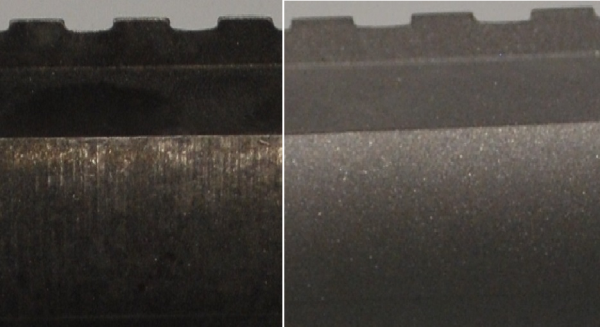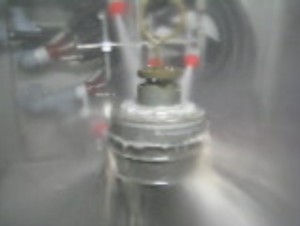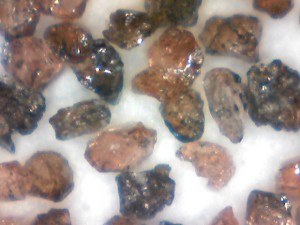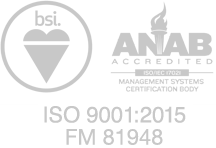Proper surface preparation is essential for the success of any protective coating or bonding process. The importance of removing oil, grease, old coatings and surface contaminants cannot be over emphasized.

Incomplete activation of the surface or removal of surface deposits, such as mill scale, rust on steel, oxidation on non-ferrous metals, residual material from prior organic coatings or corrosion on previously plated or galvanized surfaces can result in a future bonding or adhesion failure. Whether you are working with bonding of friction material, coating or bonding composite surfaces, rubber-to-metal bonding, painting, powder coating or another operation, the imperative is the same.
Good adhesion is directly dependent upon the correct and thorough preparation of the surface prior to coating or bonding. Even the most expensive and technologically advanced coating system will fail if the surface preparation is incorrect or incomplete. Many Guyson customers are working with critical coating or bonding applications, where there is no margin for error.
Why Wet Blasting for Surface Preparation?
Wet blasting is unique in its ability to effectively prepare a surface prior to coating or bonding certain materials, depending upon the specific surface condition required.
 The wet-blast process utilizes a three part mixture of media, water and small amounts of compressed air to develop a “scrubbing” action on the surface being treated. The compressed air portion of the mixture regulates the degree of buffering effect of the liquid carrier by varying the air pressure and volume of compressed air. The higher the pressure and volume of compressed air, the more aggressive the wet blast process becomes, due to a greater amount of the water portion of the slurry being removed from the blast stream.
The wet-blast process utilizes a three part mixture of media, water and small amounts of compressed air to develop a “scrubbing” action on the surface being treated. The compressed air portion of the mixture regulates the degree of buffering effect of the liquid carrier by varying the air pressure and volume of compressed air. The higher the pressure and volume of compressed air, the more aggressive the wet blast process becomes, due to a greater amount of the water portion of the slurry being removed from the blast stream.
By dispersing the liquid portion of the blast stream, you reduce the cushioning effect of the water on the work surface, allowing the media particles to make greater contact with the substrate. By controlling the compressed air portion, you have the ability to fine-tune the surface preparation process.
The resulting action created by the combination of the blasting media, water, and compressed air allows for the part being treated to be thoroughly cleaned by scrubbing the blast media across the surface to create the desired cleanliness and surface roughness.
Media Selection
There is a wide range of blasting media that can be used in a Guyson wet blast system. These media come in a variety shapes and sizes. The size and shape of the media being used within the slurry and the air pressure at which it is ejected from the blast gun will determine the outcome of the surface finish, especially in terms of texture or roughness.
 For example a larger, more angular shaped media particle projected at a high air pressure through the blast gun will create a much rougher surface finish than a spherical shaped media of the same size being projected at a similar velocity. Typical blasting media for prep-for-bond applications are abrasive materials such as aluminum oxide grit of a screen size capable of producing the specific roughness that has proven to be optimal for your particular bonding material and your process requirements.
For example a larger, more angular shaped media particle projected at a high air pressure through the blast gun will create a much rougher surface finish than a spherical shaped media of the same size being projected at a similar velocity. Typical blasting media for prep-for-bond applications are abrasive materials such as aluminum oxide grit of a screen size capable of producing the specific roughness that has proven to be optimal for your particular bonding material and your process requirements.
Another of the advantages of using wet blasting technology is that even complicated shapes and sensitive materials can be efficiently cleaned without substrate erosion or dimensional change. The action of the liquid carrier of the abrasive allows the blast stream to penetrate recesses and surfaces that are not in the line-of-sight, and the buffering effects can be adjusted to protect delicate components.
Guyson’s engnineering test laboratory is one of the best places to answer questions about the suitability of wet blast processing for your surface preparation objectives. Contact us to arrange sample testing or to discuss your bonding or coating process requirements.



